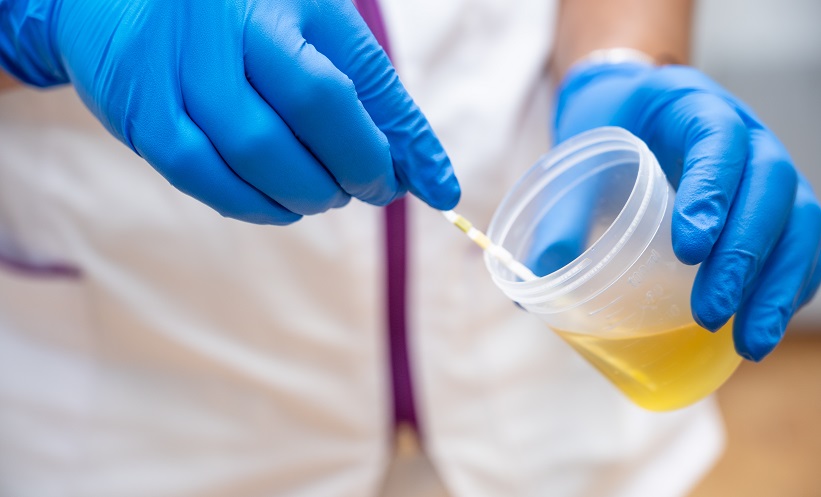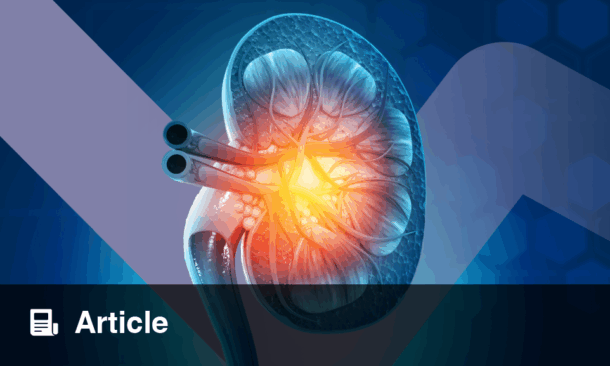BACKGROUND
Plasma creatinine and urea are widely used as markers of renal function. Saliva is an alternative diagnostic fluid with many advantages in comparison to blood; it is easier and cheaper as collection does not require trained staff and it offers the possibility to repeat the non-invasive sample collection if needed. Both creatinine and urea can be measured in saliva, but the biological variability is high, and its determinants are unknown. Animal models and experiments under controlled conditions are needed, but they are scarce. In addition, the association between salivary and plasma concentrations of creatinine and urea in different stages of renal failure is not clear. The aim of this study was to investigate the dynamics of salivary markers of renal function during the progression of acute and chronic kidney disease in animal models.
METHODS
In the study, 90 adult, male Wistar rats underwent either bilateral nephrectomy (BNX), ischaemic-reperfusion injury (IRI), or glycerol nephropathy (GLY) to induce acute kidney injury (AKI), or 5/6 nephrectomy to induce chronic kidney disease (CKD). Blood and saliva samples were collected at baseline and at 3, 6, 12, and 24 hours after AKI induction or at baseline, and 2, 4, and 6 months after CKD induction. Creatinine and urea were assessed using standard spectrophotometric methods.
RESULTS
Plasma urea saw increases 3 hours after AKI induction in BNX (by 40%; p<0.010) and IRI (50%; p<0.001), while salivary urea was 2-times higher (p<0.001) but was seen 9 hours later. In BNX and IRI models, plasma creatinine was elevated after 12 hours (by 180%; p<0.001, and by 200%; p<0.001, respectively) followed by an increase in saliva after 24 hours (by 300%; p<0.01, and 160%; p<0.05, respectively). In GLY, the dynamics of urea was similar in plasma and saliva (by 130%; p<0.01, and by >100%; p<0.05, respectively), in contrast, creatinine in plasma, but not in saliva, increased after 48 hours (by 180%; p<0.05, and p=0.53). The 5/6 nephrectomy led to higher plasma and salivary urea after 2 months (by 50%; p<0.001, and 40%; p<0.01), while plasma, but not salivary creatinine was higher after 6 months (by 60%; p<0.001, and p=0.99, respectively).
DISCUSSION
This is the first study to analyse the detailed dynamics of salivary creatinine and urea in renal failure. The analysed markers in saliva followed their increase in plasma with a considerable delay in both AKI and CKD models. Further studies are needed to evaluate whether this time delay can be outweighed by the diagnostic advantages of saliva in real-life screening or monitoring of kidney diseases.







